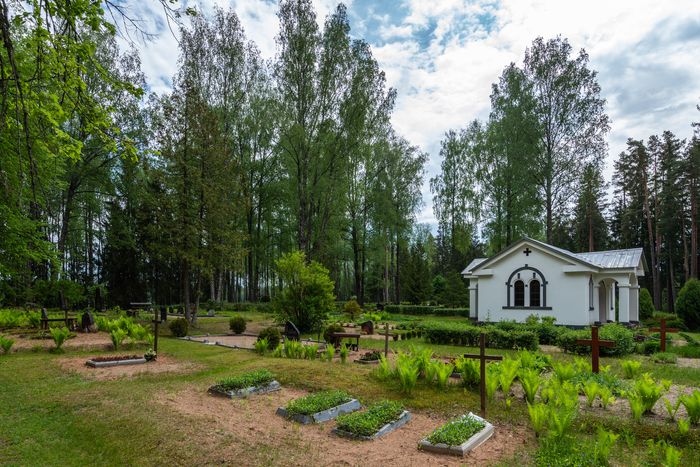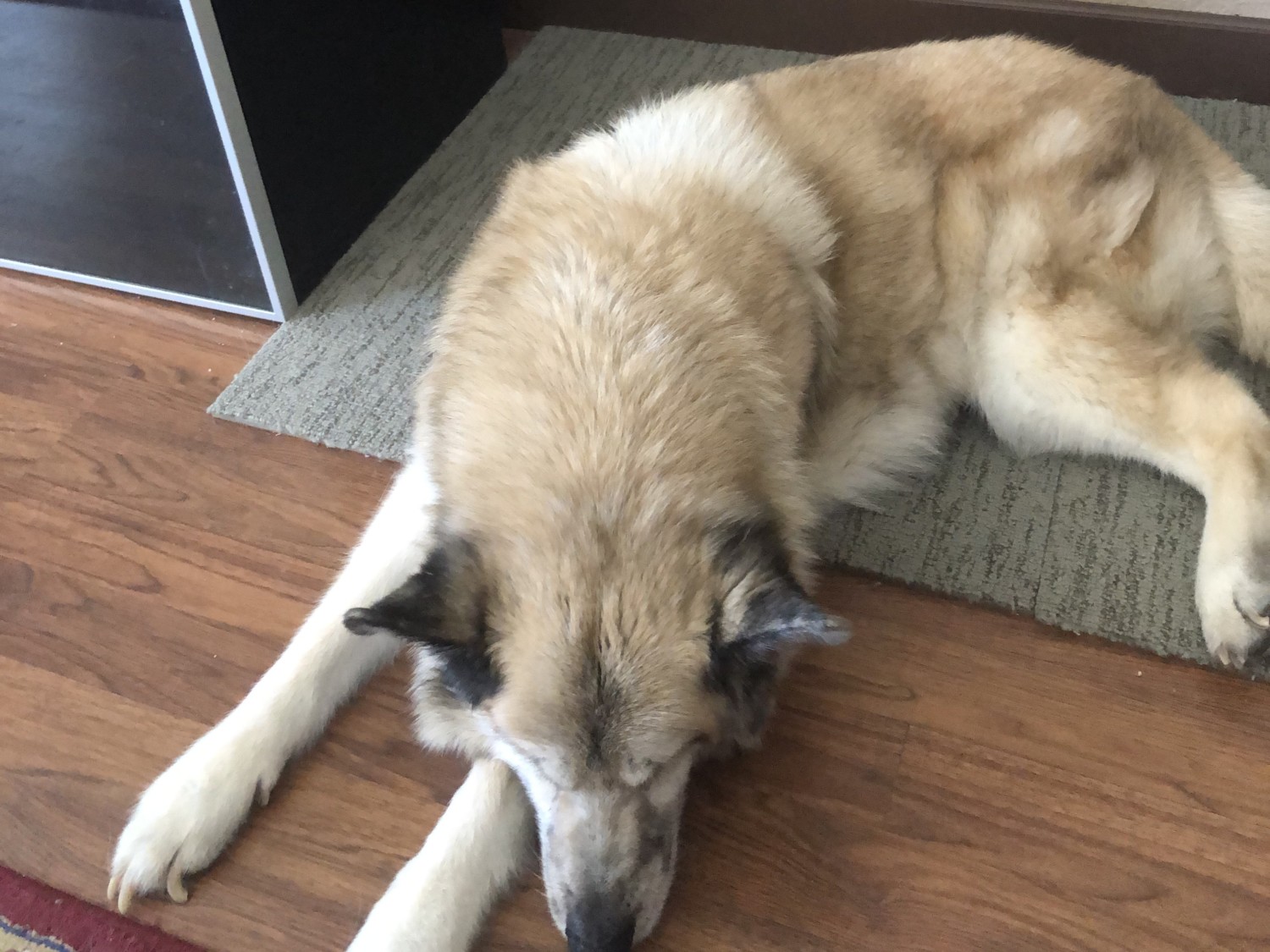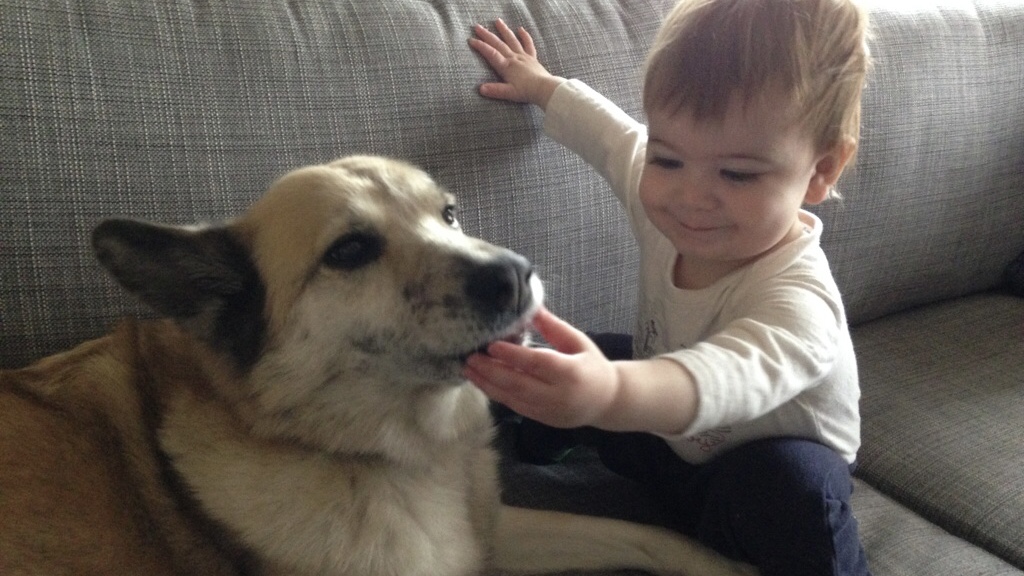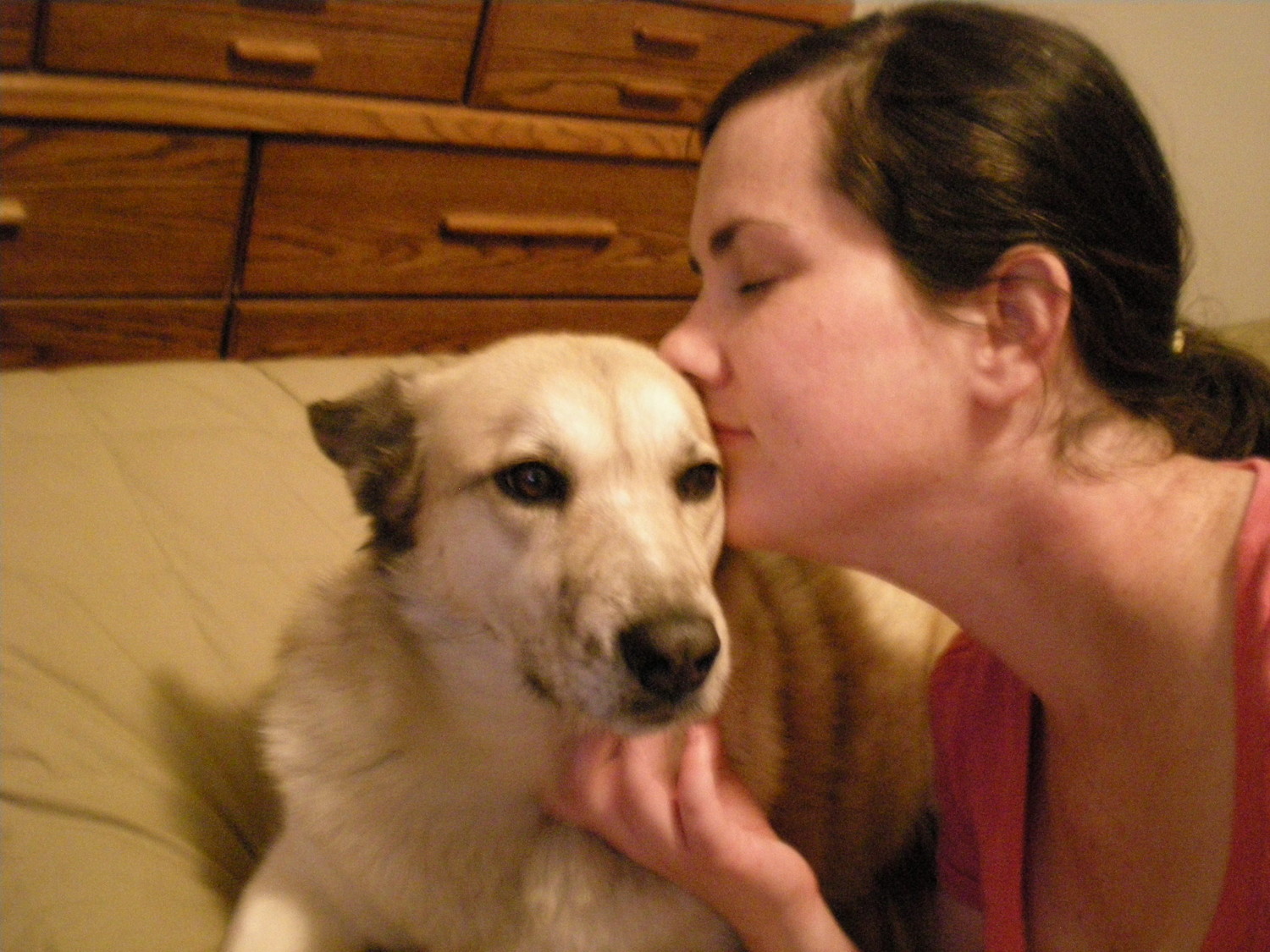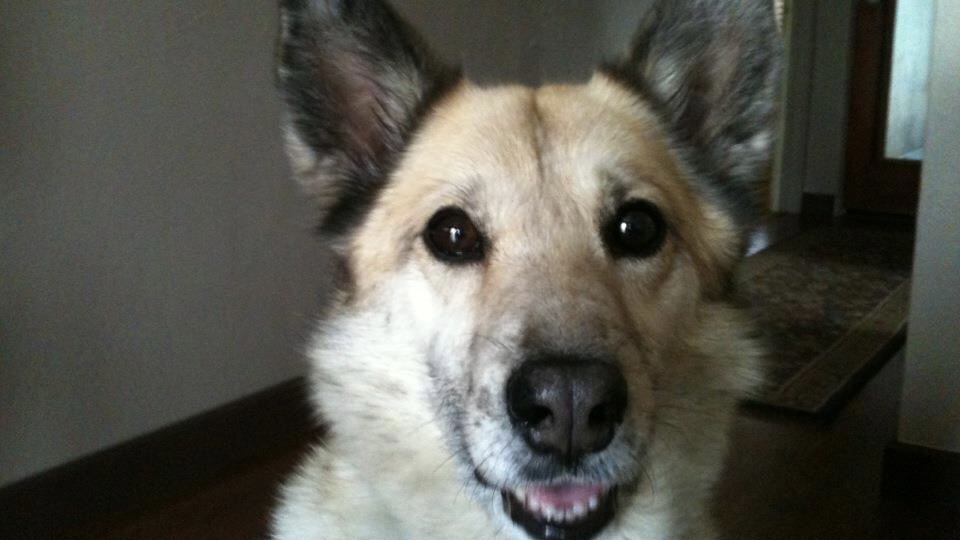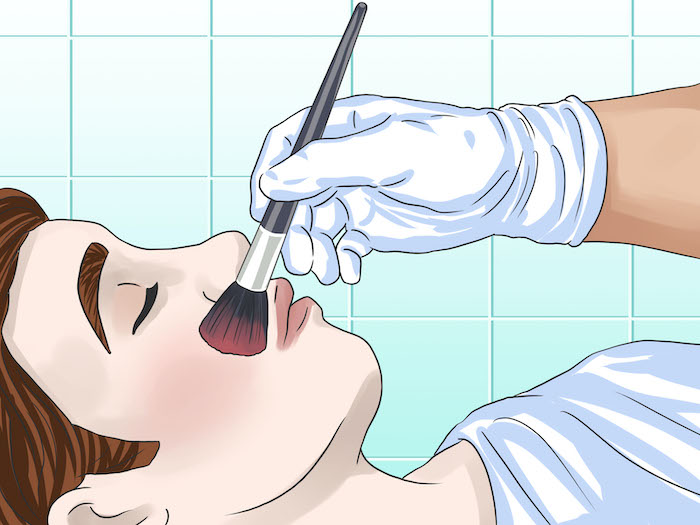A funeral procession of ice cream trucks honored ‘the king.’
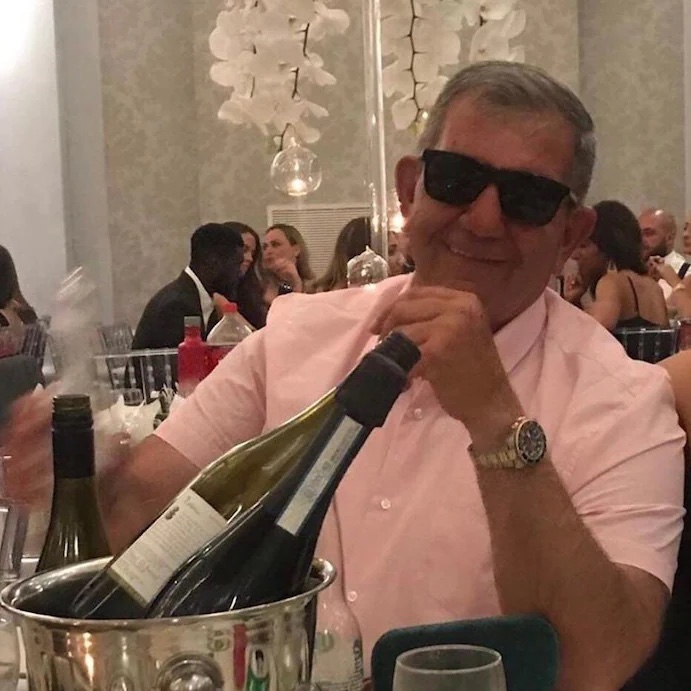
Savash Turkel was among a small group of family and friends who showed up on a dreary Friday morning in southeast London to bury his brother, Hassan Dervish, an ice cream man for more than 40 years who recently died of cancer.
But something was different about this December funeral procession, Turkel told The Washington Post: The jingles from ice cream trucks, driven by colleagues who knew and admired Dervish, flooded the streets in memory of a 62-year-old man hailed by loved ones as the “king of the ice cream.”
“The first one came and then there was another and then there was another,” said Turkel, 57. “All of a sudden, there were probably 10 ice cream trucks that followed him all the way to the cemetery. There were so many ice cream trucks for my brother.”
The moment with the 10 ice cream trucks was captured in an emotional video posted to Twitter that’s been viewed more than 10 million times as of Saturday afternoon.
“Just witnessed an ice cream man’s funeral and all the ice cream vans came and followed in solidarity,” tweeted Louisa Davies, the woman who posted the viral video. “I AM SOBBING.”
As observers pointed out on social media, the procession for Dervish follows in the tradition of ice cream vendors honoring fallen colleagues at their funerals in the United Kingdom. In February, 10 trucks gathered to celebrate the life of Pasquale Marucci, a popular, Italian-born ice cream man in Hampshire, England, according to the BBC. A similar funeral procession unfolded in July for John Lennie, who served generations of customers in Wimborne Minster, England.
After growing up in Cyprus with a tailor for a father and stay-at-home mother, Dervish emigrated to the U.K. in his early 20s, Turkel said. The brother noted how Dervish, one of four siblings in the family, had always loved ice cream and was curious about what life would be like to bring smiles to so many people.
“He was in the ice cream trade for all of his life,” he said.
After arriving around 1980, Dervish made a good life for himself in southeast London, Turkel said, and later married and had two children. His ice cream dreams had also become a reality, setting up an ice cream factory in the Lewisham neighborhood in the early 2000s.
From the time he started serving ice cream in the area, Dervish wanted to not just be a friendly face with sweet treats but also someone who gave back to his family and friends, his brother told The Post.
“He was passionate about the work he was doing. He was always helping out all his friends. He helped them all out,” Turkel said. “That’s why so many people loved him. My brother was a really honest and hard-working person.”
just witnessed an ice cream man’s funeral and all the ice cream vans came and followed in solidarity I AM SOBBING pic.twitter.com/bJhyJj4JoK
— Louisa Davies (@LouisaD__) December 17, 2021
His health, however, took a turn for the worse around 2019, after he was diagnosed with a cancer that weakened him tremendously, Turkel said.
“The last two years, he was suffering,” his brother recalled. “He was taking all the treatments and everything.”
Dervish died on Nov. 12, his brother said, after fighting Stage 4 cancer that had “spread all throughout his body.”
“He couldn’t survive it, unfortunately,” Turkel told The Post.
When the funeral was scheduled more than a month later, coronavirus safety restrictions limited the number of people who could come for the Friday ceremony, the brother said.
That’s when the jingles from the ice cream trucks — Mr. Softee, Akan’s Soft Ice Cream, Mister Creamy — became the soundtrack for Dervish’s funeral.
Even though not as many people were at the funeral because of safety precautions, the presence of the ice cream vendor community at the procession left Turkel speechless.
“What can I say?” he said. “All of his friends, they came to pay their last respects to him.”
Videos of the funeral procession have gotten a huge reaction on social media, with many people admiring the sadness and beauty of the tribute. Davies, whose video has reached millions, tweeted that any money made off the video would be donated to a charity of Dervish’s family’s choice.
Ismail Mehmet, who said he was at Dervish’s funeral, captured a video of the ice cream trucks as they pulled into the cemetery.
“I’m amazed how much of an impact it has had to the area,” Mehmet wrote.
Turkel said that while his brother’s family and friends are emotionally exhausted and overwhelmed by the millions who’ve responded to the sweet procession, they are grateful that many more can see how Dervish was “a friend to everyone.”
“He touched so many hearts in so many ways,” Turkel said. “It makes me so proud of him.”
Complete Article ↪HERE↩!

